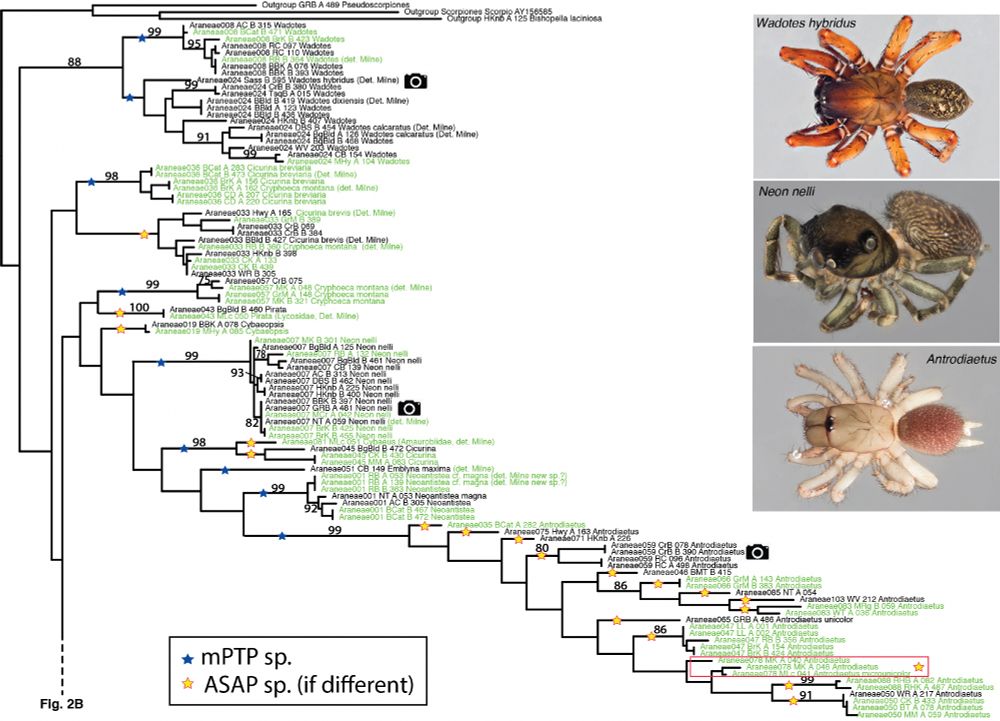Marc A. Milne
@forthespiders.bsky.social
1.8K followers
1.3K following
110 posts
Spider taxonomist / conservationist / ecologist. Professor of Biology at the University of Indianapolis. Canadian. Lover of metal, cats, and hockey. 🌹
Posts
Media
Videos
Starter Packs
Marc A. Milne
@forthespiders.bsky.social
· Jul 22
Marc A. Milne
@forthespiders.bsky.social
· Jun 17
Marc A. Milne
@forthespiders.bsky.social
· May 15
Marc A. Milne
@forthespiders.bsky.social
· May 15














